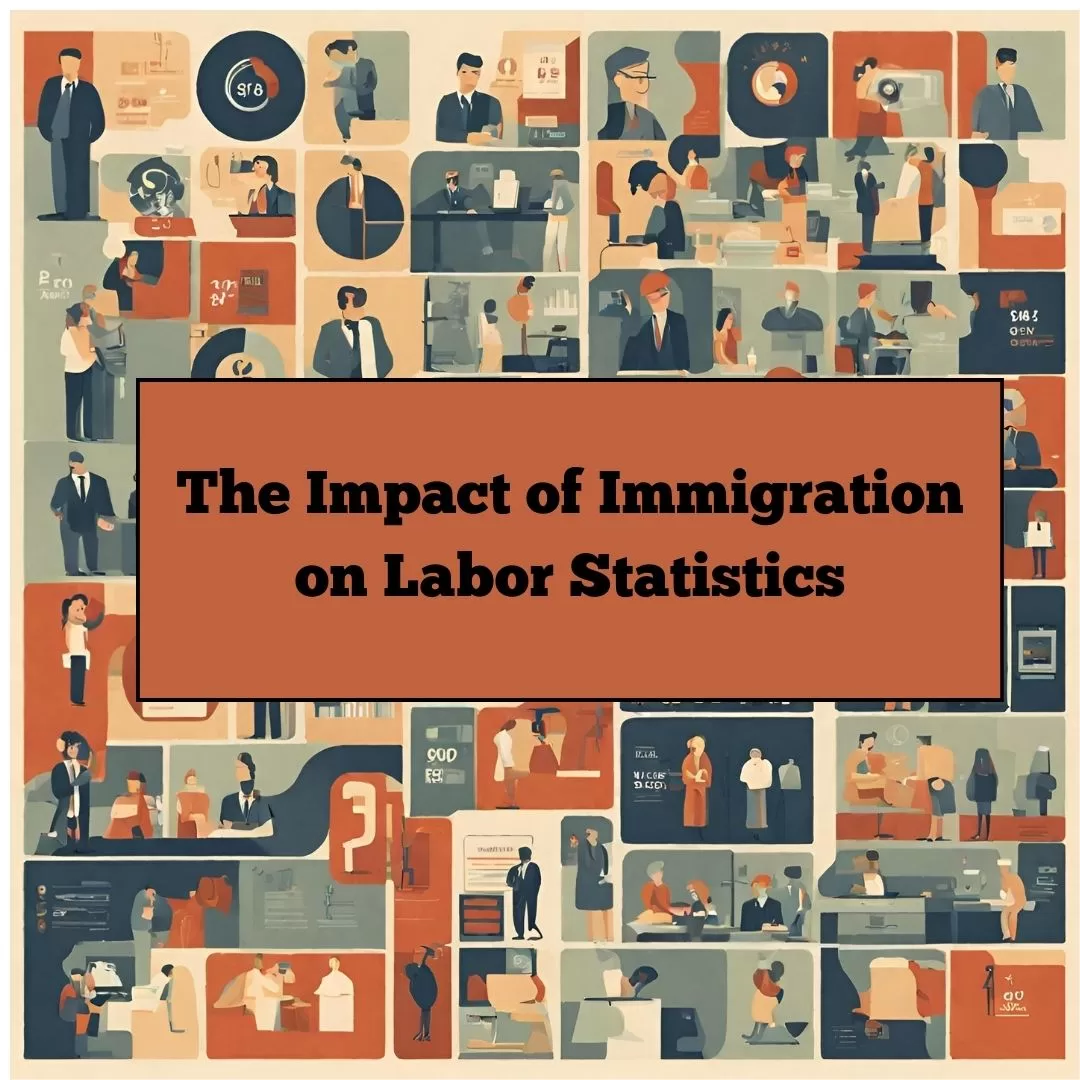Immigration is a multifaceted issue that intersects with various aspects of society, including labor markets and employment dynamics. Yet, the relationship between immigration and employment statistics is often subject to misinterpretation, leading to misconceptions and polarized debates. In this article, we delve into the nuanced nuances of how immigration influences employment statistics, dispelling myths and shedding light on the complexities of this critical issue. The Impact of Immigration on Labor Statistics.

Labor Market Dynamics:
The impact of immigration on employment statistics is inherently intertwined with broader labor market dynamics. Immigrant workers contribute to the overall labor force, filling roles across a spectrum of industries and occupations. While some argue that immigrants compete with native-born workers for jobs, empirical evidence suggests a more nuanced reality. Immigrants often complement native workers, filling gaps in the labor market, and bringing diverse skills, experiences, and perspectives that contribute to economic growth and innovation.
Employment Participation and Job Creation:
Contrary to common misconceptions, immigrants do not simply displace native workers; they also contribute to job creation and economic vitality. Immigrant entrepreneurs launch businesses, create employment opportunities, and stimulate local economies, bolstering employment statistics in the process. Moreover, immigrant workers often take on jobs that native-born workers are unwilling or unable to perform, thereby expanding the overall pool of available jobs and supporting labor market flexibility.
Sectoral Impacts:
The impact of immigration on employment statistics varies across different sectors and industries. In sectors such as agriculture, hospitality, construction, and healthcare, immigrant workers play a vital role in filling labor shortages and sustaining essential services. Their contributions are particularly pronounced in industries characterized by high demand for labor-intensive work and low-skilled positions. By bolstering workforce participation and productivity, immigrants help alleviate labor market imbalances and support economic growth.
Economic Growth and Innovation:
Immigration has long been recognized as a driver of economic growth and innovation, with far-reaching implications for employment statistics. Immigrant workers contribute to productivity gains, technological advancements, and entrepreneurial activity, fueling job creation and economic dynamism. Moreover, immigrants are more likely to start new businesses and pursue entrepreneurial ventures, spurring innovation, and fostering competitiveness in the global marketplace.
Policy Implications:
Understanding the nuanced relationship between immigration and employment statistics is essential for informing evidence-based policymaking. Rather than viewing immigration as a zero-sum game, policymakers should adopt holistic approaches that acknowledge the diverse contributions of immigrant workers to the labor market and the broader economy. This includes implementing comprehensive immigration reform, investing in education and workforce development, and fostering inclusive economic growth strategies that benefit all segments of society.
Conclusion:
The impact of immigration on employment statistics is a complex and multifaceted issue that defies simplistic narratives. By unpacking the nuances of this relationship, we can dispel myths, challenge misconceptions, and foster informed dialogue about the role of immigration in shaping labor markets and economic outcomes. Ultimately, recognizing and harnessing the contributions of immigrant workers is essential for building resilient, inclusive, and thriving societies in an interconnected world.
Connect with Factoring Specialist, Chris Lehnes on LinkedIn
Learn more about accounts receivable factoring
